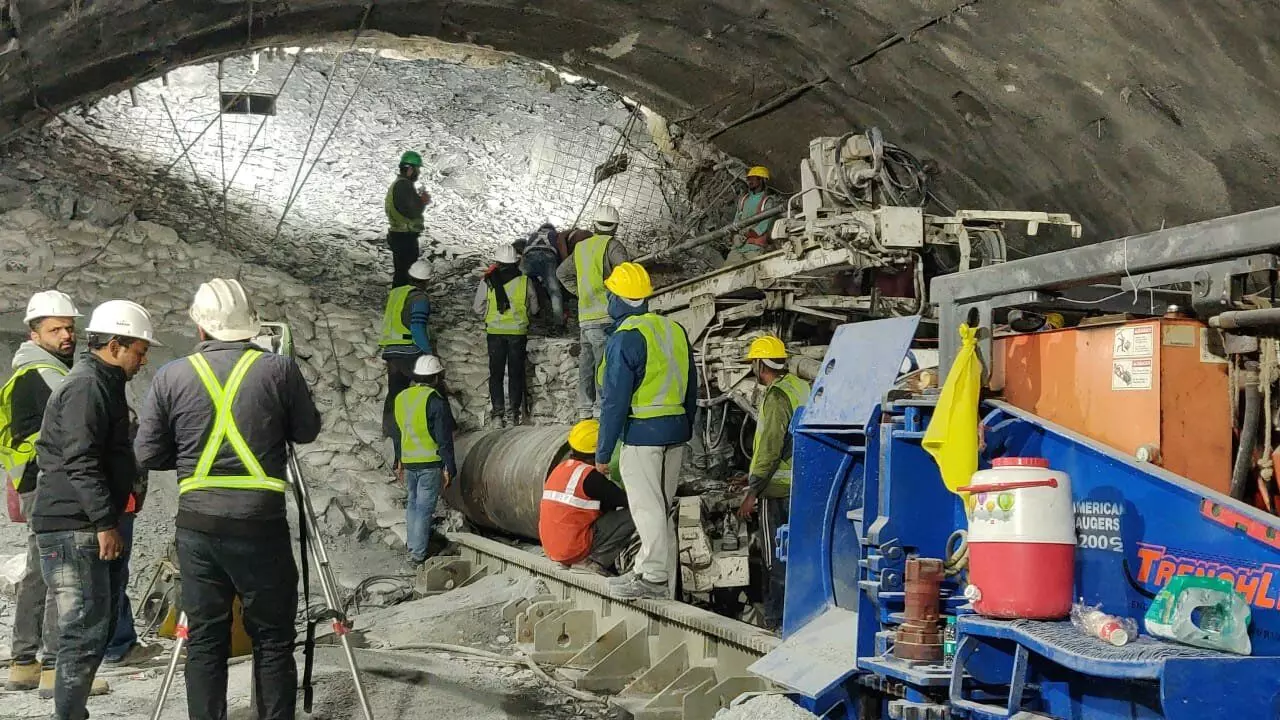
Uttarkashi Tunnel Horror: Are We Pushing Uttarakhand to the Brink?

The recent collapse of a section of the under-construction Uttarkashi tunnel is a stark reminder of Uttarakhand's vulnerability to natural disasters. This incident occurred on November 12, 2023 and trapped 41 workers inside the tunnel, emphasizing the need for stricter safety measures and a more cautious approach to infrastructure development in the area.
The Uttarkashi tunnel, which is part of the Char Dham project, plays a critical role in connecting the Gangotri and Yamunotri shrines. With a total length of 4.5 kilometers, the tunnel's construction is estimated to cost approximately Rs 853 crore. However, this ambitious project has faced various challenges, including a partial collapse in 2019.
The Tapovan-Vishnugad hydel project flash flood tragedy in February 2021, which resulted in the loss of over 100 workers' lives, further emphasizes the delicate balance between infrastructure development and environmental considerations in the Himalayas.
The impact of this incident was exacerbated by the prolonged rescue operation that lasted for months. The recent fire in the under-construction Rishikesh-Karnprayag railway tunnel in Rudraprayag district also serves as a warning, highlighting the importance of stringent safety protocols and proper handling of hazardous materials at construction sites.
These incidents underscore the necessity of a comprehensive risk assessment and mitigation framework for infrastructure projects in Uttarakhand. The unique topography of the state and its susceptibility to natural disasters necessitate a cautious approach that prioritizes safety and environmental considerations.
While infrastructure development is crucial for Uttarakhand's economic growth, it must be pursued responsibly to preserve the delicate balance of the region's fragile ecosystem. The lessons learned from these incidents should serve as a wake-up call to adopt a more sustainable approach to development, ensuring the preservation of the state's natural heritage.


